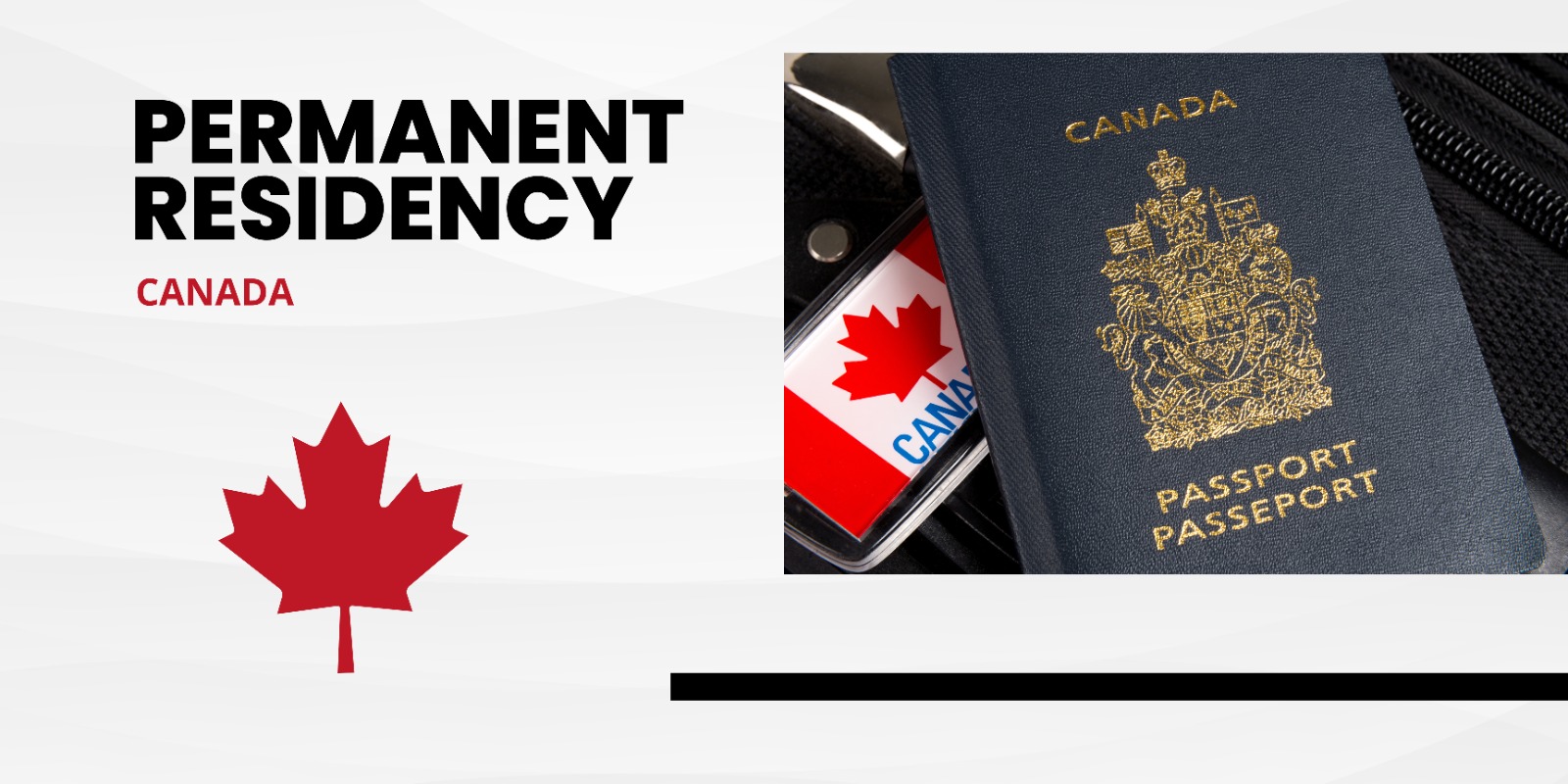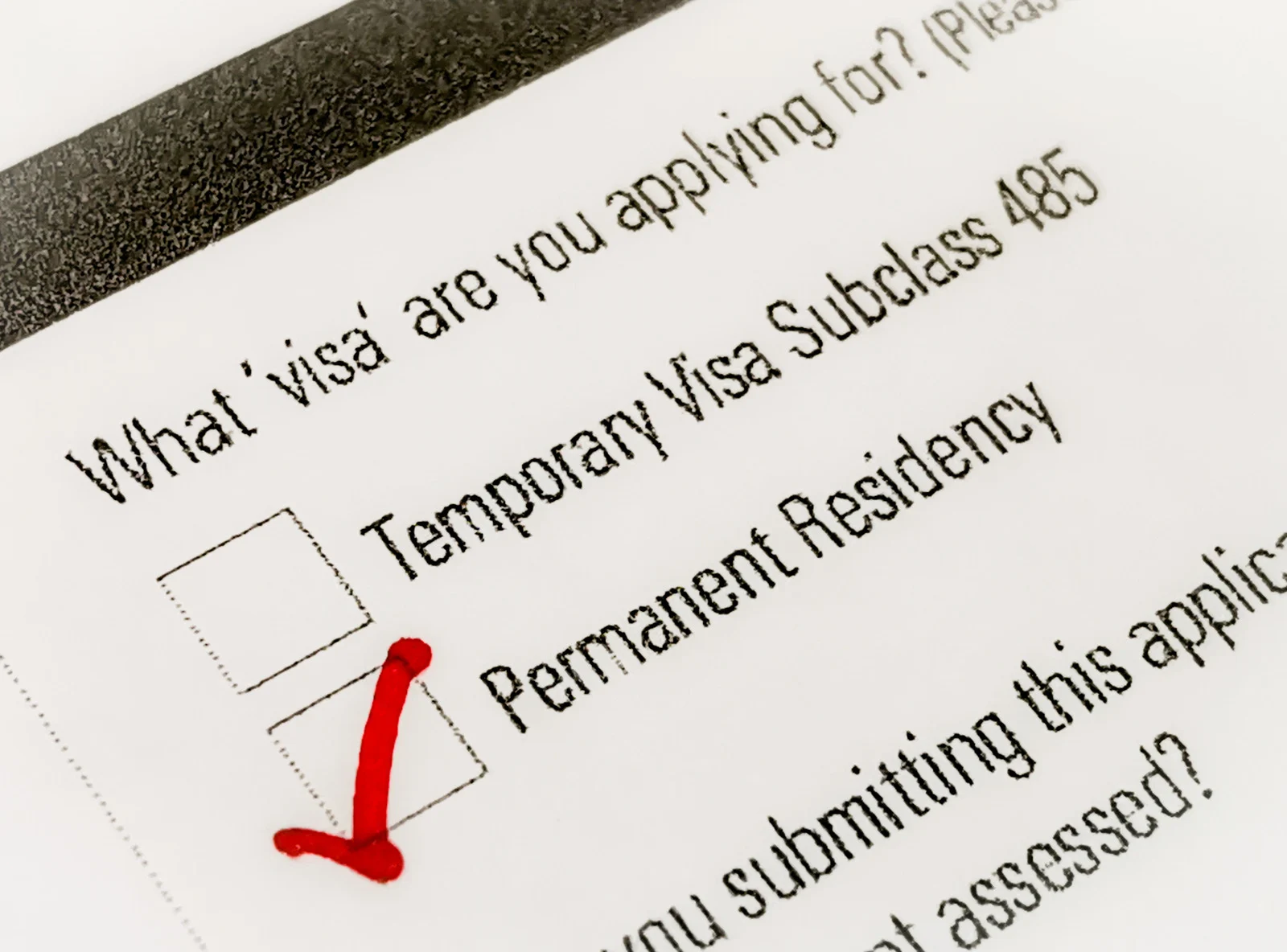Maintaining Permanent Resident Status
To maintain your permanent resident (PR) status, you must have been physically present in Canada for at least 730 days within the last five years. These 730 days do not need to be continuous, and some of the time you spend outside Canada may count towards this requirement.
To ensure you meet this residency obligation:
- Track Your Time: Use a travel journal or record-keeping tool to monitor the time you spend in and out of Canada.
- Check Eligibility: Determine if any time spent outside Canada can be counted towards the 730-day requirement.





